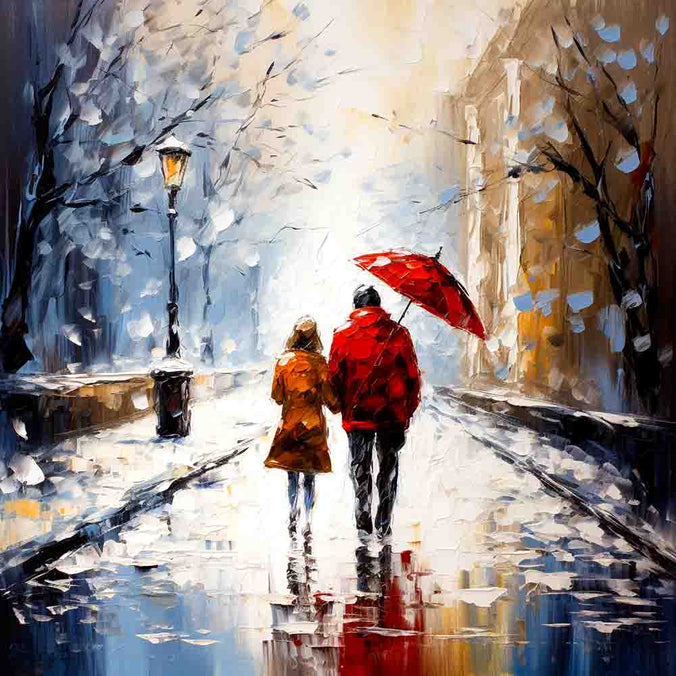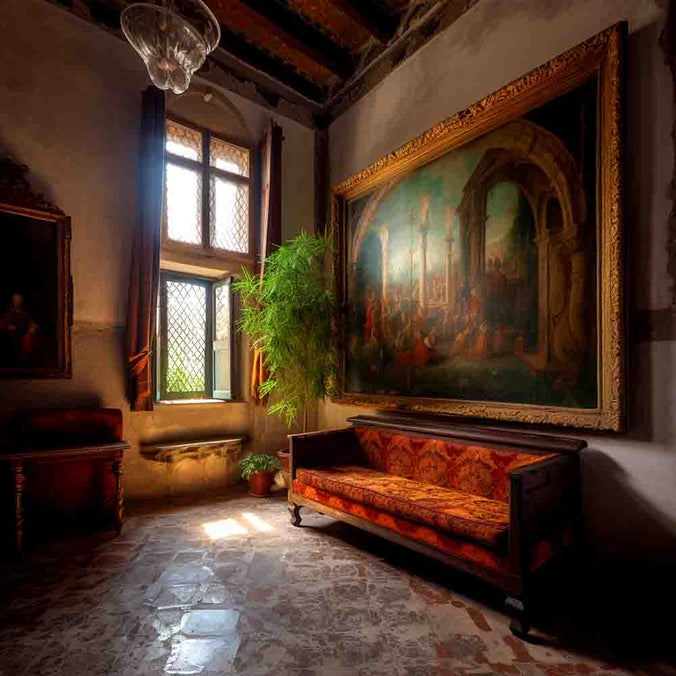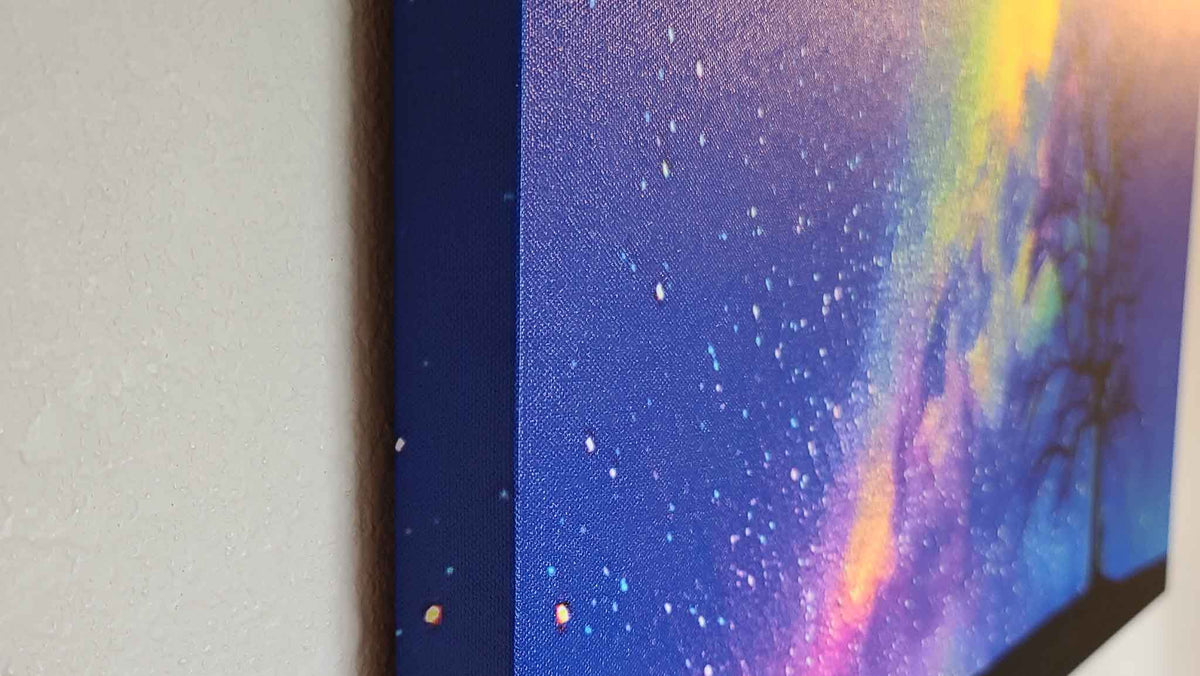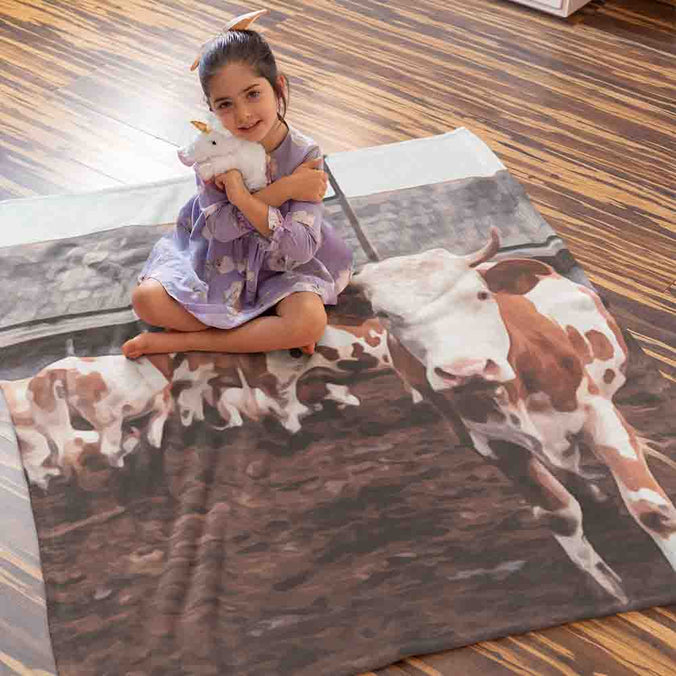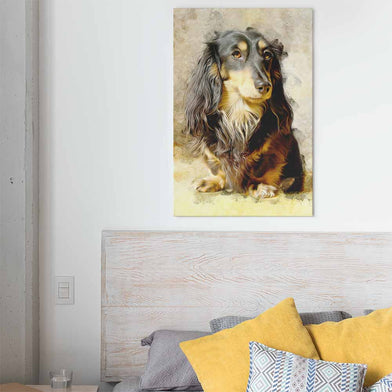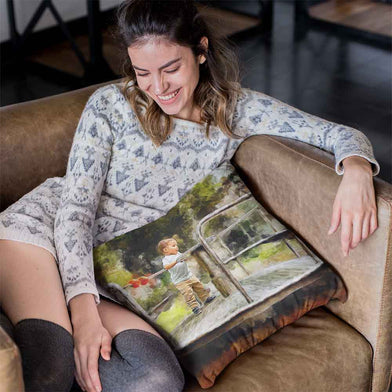What is Modern Art?

What is Modern Art?
Modern art is a diverse genre that emerged in the late 19th and early 20th centuries, featuring abstraction, open interpretation, and experimentation. It differs from traditional and contemporary art in techniques, materials, subject matter, and creation time. Some famous modern artists include Pablo Picasso, Richard Prince, and Mark Bradford. To create a modern art painting, define your style, prepare materials, create shapes, and blend colors. Incorporate modern art into your home décor by making bold choices, mixing styles, and shopping affordably. Modern art influences society by challenging norms, encouraging critical thinking, and reflecting social and political issues. Prominent movements within modern art include Cubism, Expressionism, Surrealism, and Pop Art. As technology advances and global communication expands, modern art will continue to evolve and diversify, inspiring future generations of artists.
The Characteristics of Modern Art
Modern art is a diverse and multifaceted genre that features a wide array of artistic styles and approaches. It often:
- Embraces abstraction: Modern art frequently uses geometric shapes and bold colors to produce highly abstract pieces that challenge conventional artistic norms.
- Is open to interpretation: Unlike traditional art, modern art allows for multiple interpretations, inviting the viewer to explore the depths of creativity and spirituality.
- Encourages experimentation: Artists constantly push the boundaries of artistic expression by exploring new materials, techniques, and themes.
Modern Art vs. Contemporary and Traditional Art
Modern art differs from both contemporary and traditional art in various ways:
- Techniques and materials: Modern artists incorporate innovative techniques and materials, while traditional art typically uses classic, time-tested methods.
- Subject matter: Modern art tends to focus on themes relevant to contemporary society, while traditional art often centers around culture, religion, or historical events.
- Creation time: Contemporary and modern artists may produce work more quickly than traditional artists, who often require years of practice to master their craft.
The Origins of Modern Art
Modern art emerged in the late 19th and early 20th centuries, with artists like Vincent van Gogh, Paul Cezanne, and Henri de Toulouse-Lautrec leading the way. The movement continued to evolve, giving rise to photography, animation, and other forms of artistic expression.
Famous Modern Artists
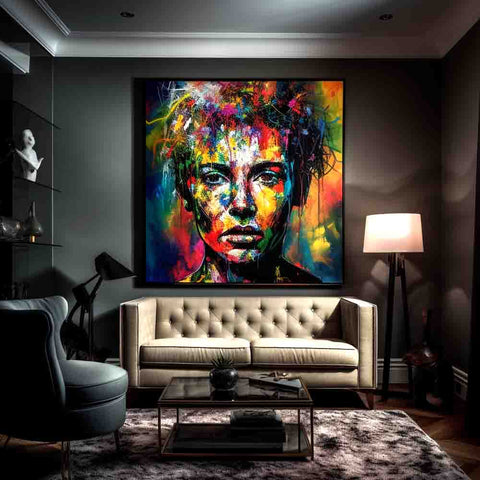
Some well-known modern artists include:
- Pablo Picasso: A key figure in the development of Cubism and a strong advocate for political themes in art.
- Richard Prince: Challenges the concept of authorship by re-photographing popular mass-media images.
- Mark Bradford: Explores the boundaries between high art and popular culture through collage, public art, and video work.
Creating a Modern Art Painting
To create your own modern art painting, follow these steps:
- Define your style: Determine the type of modern art you want to create.
- Prepare your materials: Gather a paintbrush, palette, and primary colors.
- Create shapes: Start by creating shapes on your canvas.
- Blend colors: Use a paintbrush to blend your primary colors in a sweeping motion.
Modern Art Today
Modern art has evolved into various forms and styles, often drawing inspiration from photography, technology, and other contemporary sources. Artists like Albert Oehlen continue to push the boundaries of the genre by blending abstract and contemporary movements.
Incorporating Modern Art into Your Home Décor
Modern art can add a touch of sophistication and personal flair to your home.
Here are some tips for incorporating modern art into your décor:
- Make bold choices: Use striking prints or vibrant colors to create contrast and draw attention to your art.
- Mix styles: Combine modern art with traditional interiors for an interesting and visually appealing combination.
- Shop affordably: Look for inexpensive abstract canvas prints that still make a strong statement in your space.
The Impact of Modern Art on Society
Modern art has significantly influenced society by challenging traditional norms and encouraging individuals to think critically about the world around them.
By exploring new themes, techniques, and materials, modern art has opened up new ways of understanding and interpreting reality.
- Encouraging critical thinking: The often abstract and open nature of modern art invites viewers to engage with the work and form their own interpretations. This process encourages critical thinking and fosters a deeper understanding of the artist's message.
- Breaking boundaries: Modern art pushes the limits of artistic expression, prompting discussions about what art is and what it can be. This helps redefine the role of art in society and inspires future generations of artists to continue exploring new ideas.
- Reflecting social and political issues: Many modern artists use their work to comment on or raise awareness about social, political, or environmental issues. This can inspire change and promote a more informed and engaged society.
Exploring Different Movements within Modern Art

There are several prominent movements within modern art, each with its unique characteristics and goals:
- Cubism: Pioneered by Pablo Picasso and Georges Braque, Cubism challenged traditional perspectives by presenting objects from multiple viewpoints simultaneously.
- Expressionism: This movement sought to express emotional experiences through bold colors, distorted forms, and exaggerated lines.
- Surrealism: Artists like Salvador Dalí and René Magritte used dreamlike imagery and unexpected juxtapositions to explore the subconscious and challenge rational thought.
- Pop Art: Focused on using popular culture and mass-produced items in art, Pop Art artists like Andy Warhol and Roy Lichtenstein blurred the lines between high art and commercialism.
Modern Art in Public Spaces
Public art installations can enhance urban spaces and foster a sense of community. These large-scale works often reflect the character and history of their surroundings while providing a platform for artists to engage with the public.
Some benefits of modern art in public spaces include:
- Community engagement: Public art can create a sense of unity and pride within a community, encouraging residents to take an active interest in their local environment.
- Economic benefits: Attractive public art can draw tourists, bolster local businesses, and contribute to the revitalization of urban areas.
- Education and inspiration: Modern art installations in public spaces can expose people to new ideas and spark creativity, particularly for those who may not have access to traditional art venues like galleries or museums.
The Future of Modern Art
As technology continues to advance and global communication becomes increasingly interconnected, the future of modern art is likely to be marked by even greater experimentation and diversity. Artists will continue to push the boundaries of artistic expression by incorporating new technologies and exploring themes that reflect the changing world around them. Ultimately, modern art will remain an essential force for challenging conventions, inspiring critical thought, and enriching our cultural landscape.
The Role of Digital Art in the Modern Art Landscape
Digital art, a form of modern art that utilizes computer technology to create and manipulate artistic works, is becoming increasingly prominent in today's art world. This medium allows artists to experiment with new techniques and push the boundaries of artistic expression.
Some key aspects of digital art within the modern art landscape include:
- Accessibility: Digital art tools are more accessible than traditional art materials, enabling a wider range of artists to create and share their work. This democratization of art has led to increased diversity and innovation in the field.
- Collaboration: The internet allows artists to collaborate on projects and share ideas with ease, fostering a global artistic community and enabling the rapid exchange of new concepts and techniques.
- Integration with traditional art: Digital art can be combined with traditional media, creating unique hybrid works that bridge the gap between traditional and modern art forms.
The Importance of Art Education in Understanding Modern Art
Art education plays a vital role in helping individuals appreciate and understand modern art.
By fostering a deeper understanding of artistic principles, techniques, and historical context, art education can:
- Develop critical thinking skills: Studying art history and theory helps individuals develop the ability to analyze and interpret complex visual information, which is essential for appreciating the nuances of modern art.
- Encourage creativity: Exposure to a wide range of artistic styles and techniques can inspire students to experiment with their own creative expression, potentially leading to the development of the next generation of modern artists.
- Promote cultural appreciation: Art education can foster an understanding of different cultures and their artistic traditions, helping students appreciate the diverse influences that shape modern art.
Supporting Modern Artists and Galleries
To ensure the continued growth and development of modern art, it's essential to support artists and galleries that showcase their work.
Here are some ways you can contribute to the thriving modern art community:
- Visit art galleries and museums: Regularly attending exhibitions not only exposes you to new art and ideas but also supports the institutions that promote modern art.
- Purchase artwork: Buying artwork directly from artists or galleries not only supports the creators financially but also helps you build a personal art collection.
- Engage in discussions: Sharing your thoughts and opinions about modern art can spark interesting conversations and help others gain a deeper appreciation for the subject.
Modern art is a diverse and ever-evolving field that continues to challenge traditional artistic norms and inspire critical thought. By understanding its history, exploring its many movements, and supporting artists and galleries, we can ensure that modern art remains a vibrant and influential force in our society for years to come. As technology continues to advance and global communication becomes increasingly interconnected, modern art will undoubtedly continue to evolve, offering new opportunities for artists and art enthusiasts alike.
Leave A Reply
Your email address will not be published. Required fields are marked *
